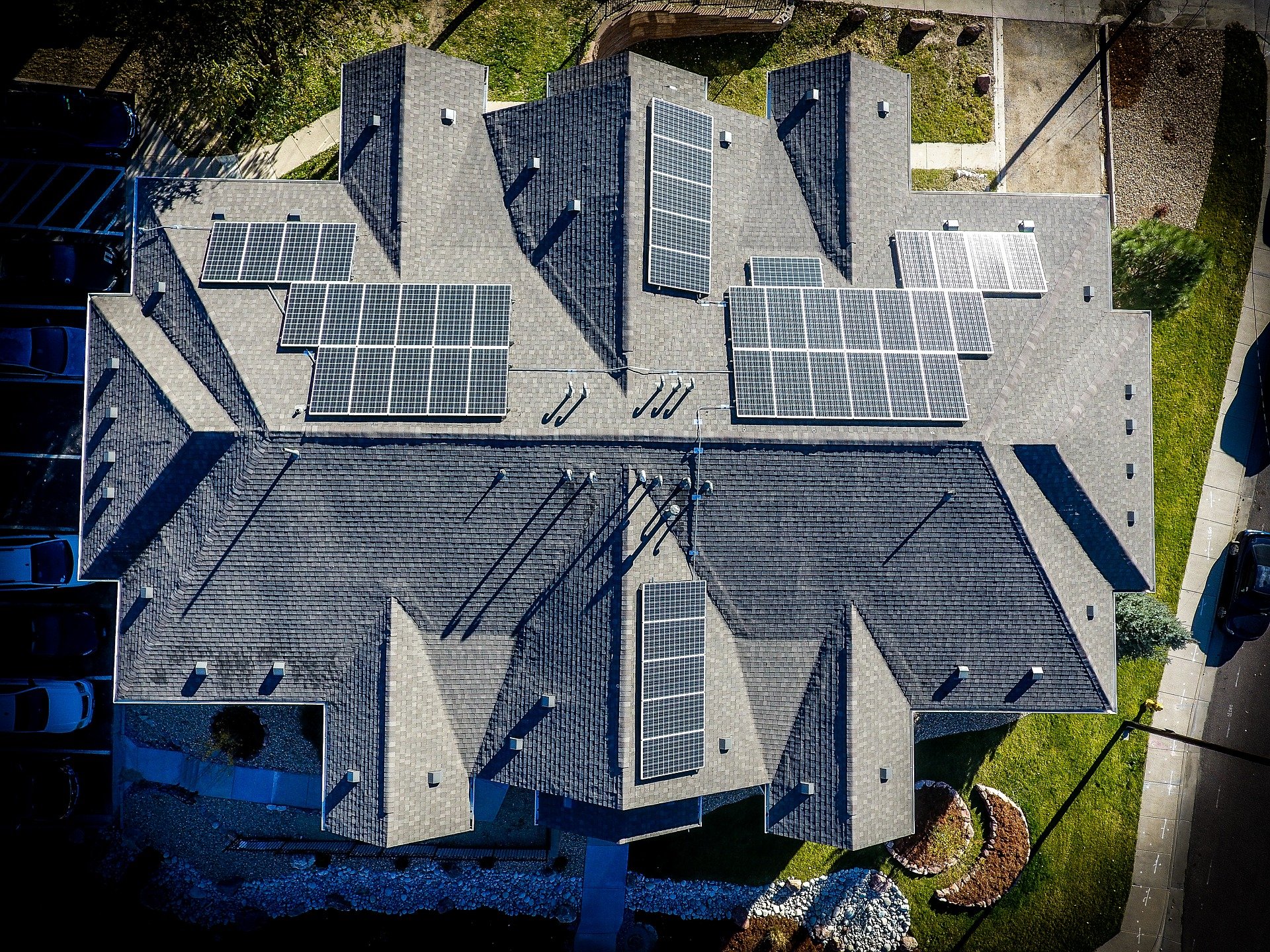Build-for-rent has entered the chat.
Well, the term originated in 2010, but it’s a hot topic amongst single family stakeholders at the moment. The concept of build-to-rent has been around for decades, but it’s gained significant momentum in recent years as developers and investors recognize the benefits of purpose-built rental properties in meeting the growing demand for rental housing.
And with post-pandemic macroeconomic forces at play (think unsteady financial markets and high interest rates), more and more Americans are choosing to lease rather than buy.
So, both the single family and multifamily industries must pivot.
Build-for-rent disrupts the traditional model of homeownership and rental properties, providing an alternative that meets the growing demand for rental housing. Which begs the question…
Is build-for-rent a friend or foe to multifamily and single family owners and investors?
First, Build-for-Rent 101:
Also coined build-to-rent (BTR), the market falls under the purview of the single family industry, but operations mirror that of multifamily properties. BFR properties are typically new construction projects built in single family communities all meant to be leased to tenants rather than sold to individual buyers.
For a renter, the neighborhood is similar to other single family or multifamily properties, with amenities like a leasing office, pool, fitness center and other services. Renters desire the amenities and lifestyle that single family homes offer. A taste of the American Dream, without the hefty mortgage payment and ownership responsibilities. “How we idealize housing in America at scale is changing — you can have the four walls, but they don’t need to be your “forever walls” and you no longer have to own them.” (Source)
For investors, BFR deviates from the standard. While each house is separate, they all work together as a rental community, both legally and in terms of maintenance. Single-family BFR communities are leasing quickly and prove to be profitable.
A Worthy Investment: Friend
Single family and multifamily industry leaders alike must decide how to move forward as consumer sentiment and the economy continue to shift. In reality, BFR uniquely benefits renters AND investors, presenting opportunities for property owners to diversify their real estate portfolios.
Great news for investors! Financing for BTR is better than traditional single-family rentals. Build-for-rent is designed to make owning single family rentals simple, they’re built quickly, and boast of longer-term leases. BFR properties see stronger rent growth, are built for easier renovations and maintenance fixes. According to Jack Richardson, licensed real estate salesperson at SERHANT, BTRs can offer a 74% renewal rate (Multifamily renewal rates averaged 58% in 2022).
“Demand for housing still exceeds supply, especially from millennials raising young families who want a home with a backyard in the suburbs,” reports Urban Land Institute.
As of 2022, build-for-rent properties made up only 6% of overall properties. According to a recent report, 68,000 build-to-rent homes were constructed from September 2021 to September 2022. That’s in contrast to a 40-year average of 31,000 a year. And with inflation continuing to rise, it’s expected that BTR will continue to grow as a single family ally.
Foe? No! A Solution to Build-for-Rent Utility Pains
The short answer to our earlier posed question: no. Multifamily and single family stakeholders need not fear build-for-rent as an enemy encroaching on established territory.
Companies among both verticals are already building build-for-rent arms of their businesses. Experts are confident BFR won’t cannibalize the single family and multifamily markets. While aspects of competition will undoubtedly play out, they will coexist and cater to different demand drivers. Factors such as market segmentation, location, demand and affordability, economic conditions, and market trends are at play.
The real nemesis: utilities challenges.
Build-for-rent will face the same utility adversaries as multifamily and single family. There are hundreds, no, thousands of utility provider bills to process and pass on to tenants. Provider errors antagonize property managers – 20% of the time. And allocation and service interruptions must be considered alongside maintaining compliance regulations.
Build-to-rent teams will need support and access to automation technology to manage provider bills, tenant payments, and turnover. Complemented by utility industry expertise, accuracy, efficiency, and cost effectiveness become the solution…make that friend.
Managed utilities free up resources to endeavor into new markets.
More than half of Conservice’s multifamily customers are adding build-to-rent to their growing portfolios. We are uniquely positioned to manage utilities for a burgeoning market, offering expertise, resources, and strategy.







